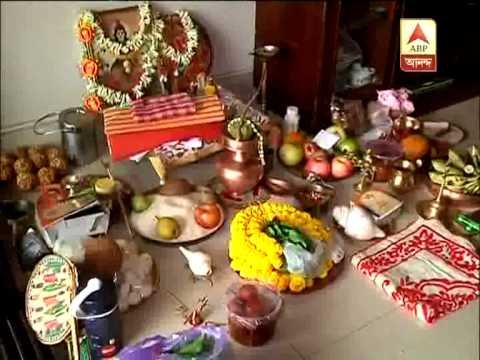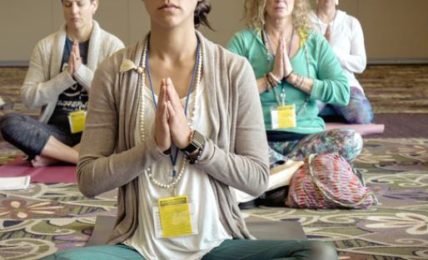Time to revive dharmic family and its values for a strong Hindu society
The Leftists know that by destroying the family -- the smallest of social institutions -- they can destroy a society, a nation and the very civilisation. Let us not allow them to succeed.




